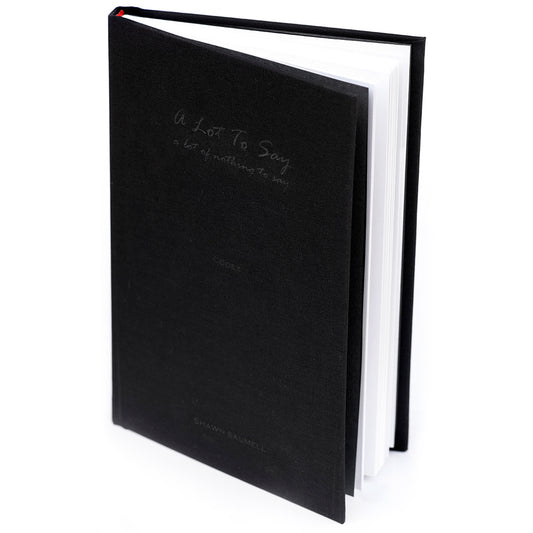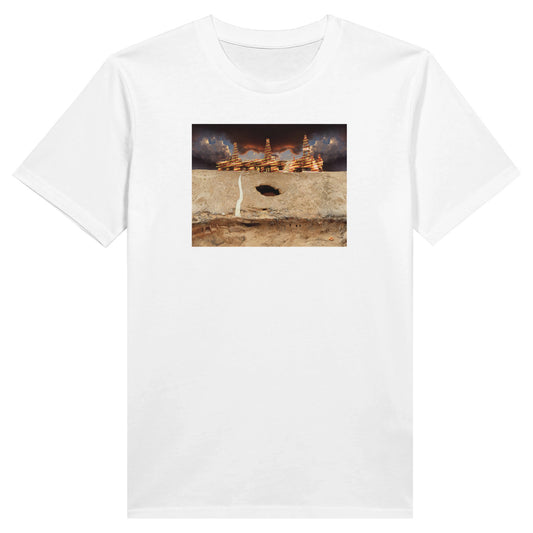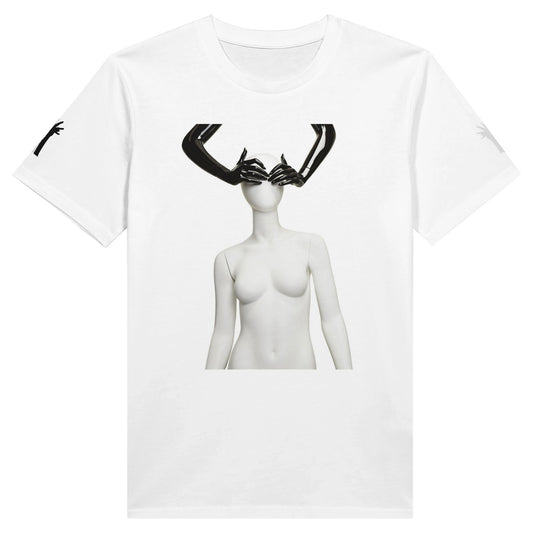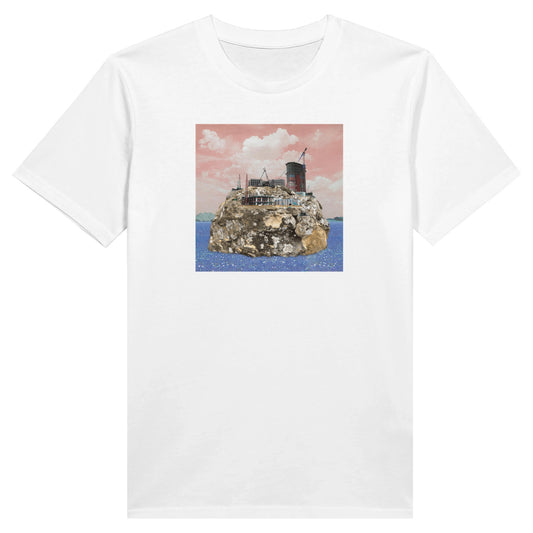-
A Lot to Say: a lot of nothing to say
Regular price $20.00 USDRegular priceUnit price per$32.00 USDSale price $20.00 USDSale -
Organic Unisex Crewneck T-shirt
Regular price From $33.36 USDRegular priceUnit price per -
Classic Tote Bag
Regular price $22.72 USDRegular priceUnit price per -
man[akin] Organic Unisex Crewneck T-shirt
Regular price From $42.54 USDRegular priceUnit price per -
Organic Unisex Crewneck T-shirt
Regular price From $33.36 USDRegular priceUnit price per




